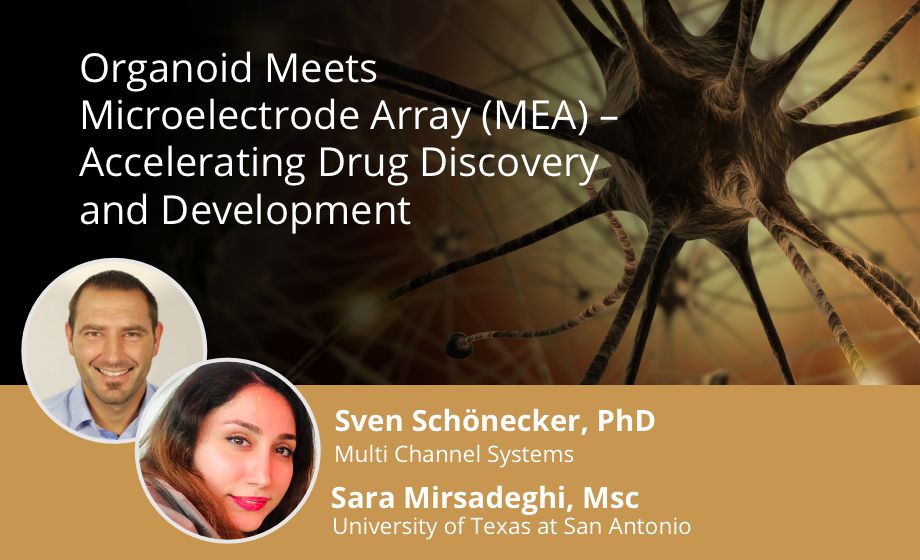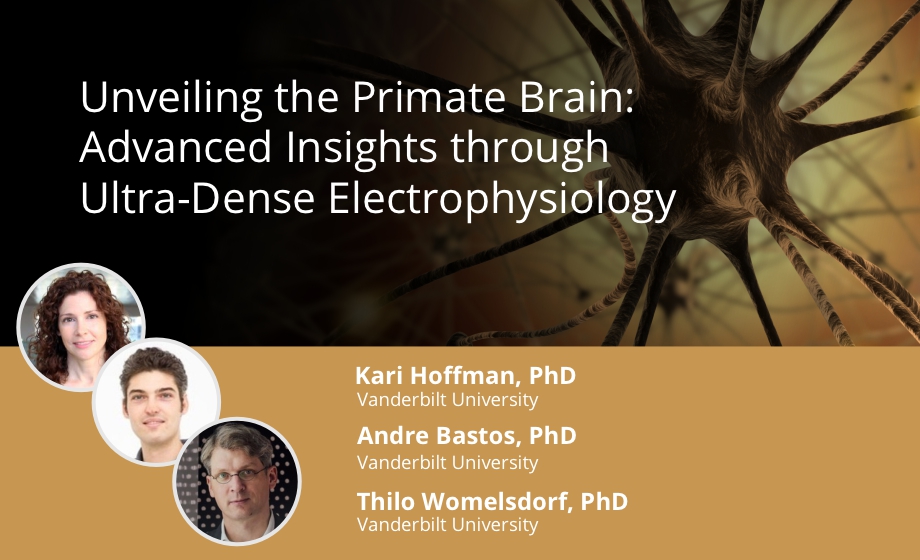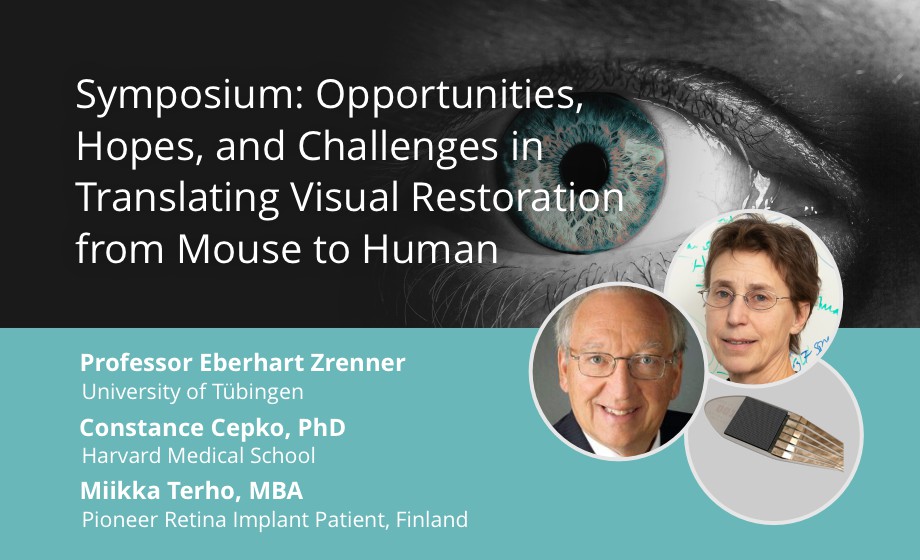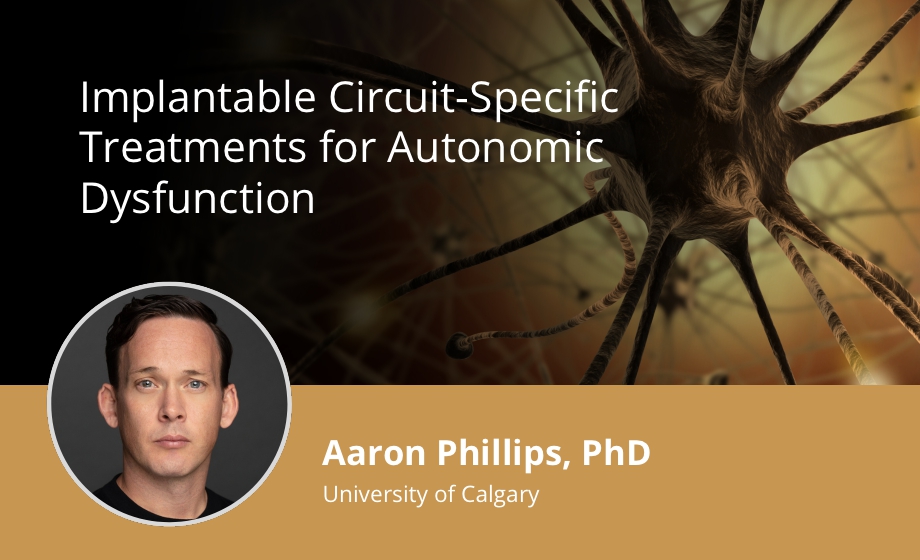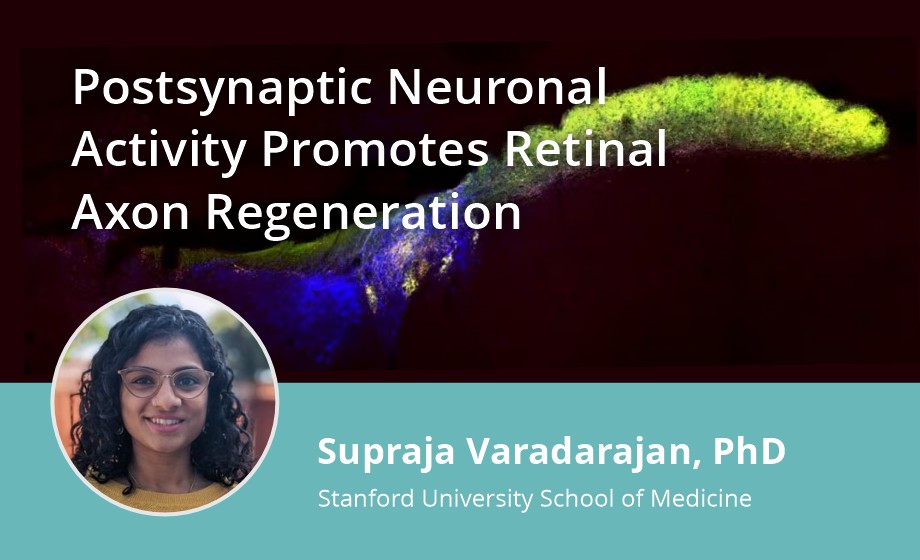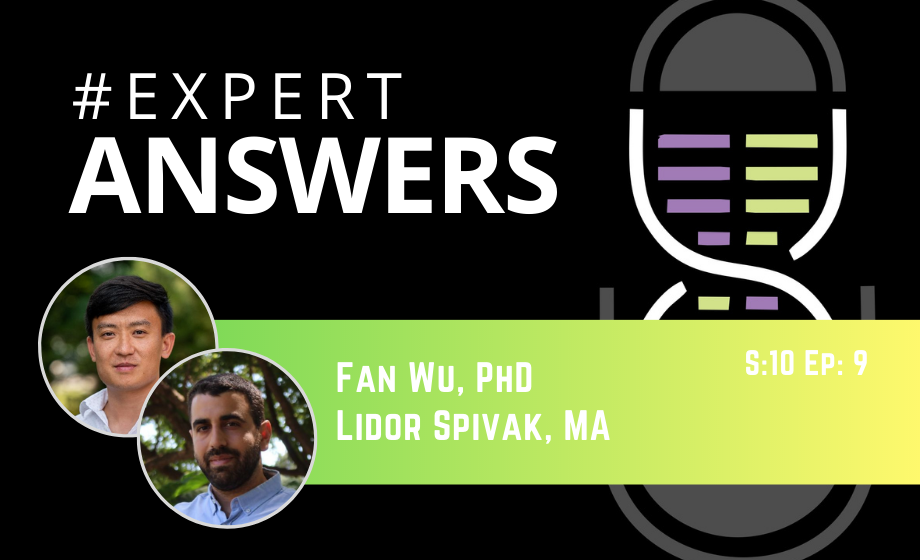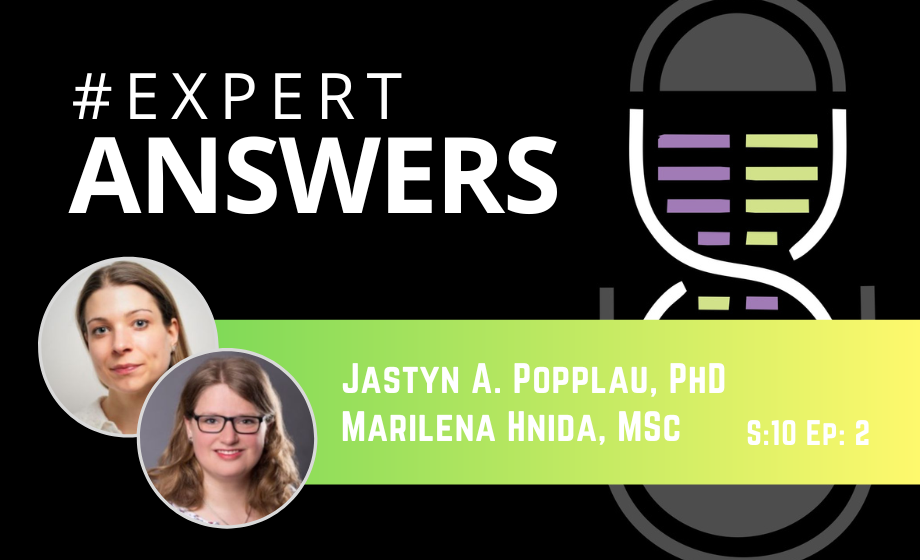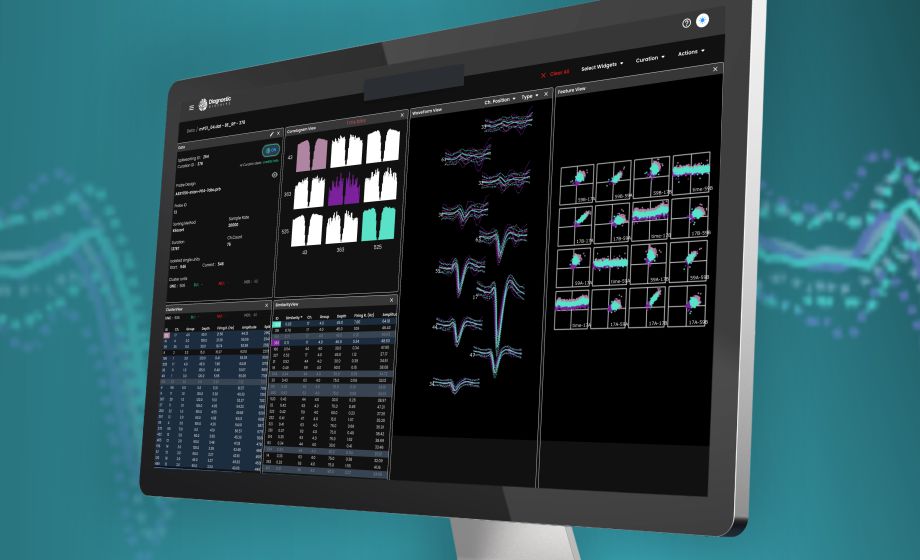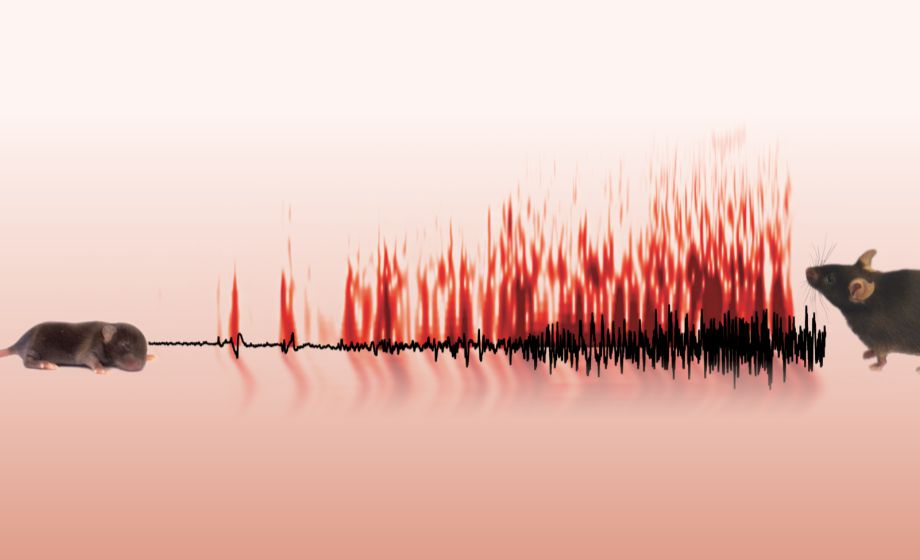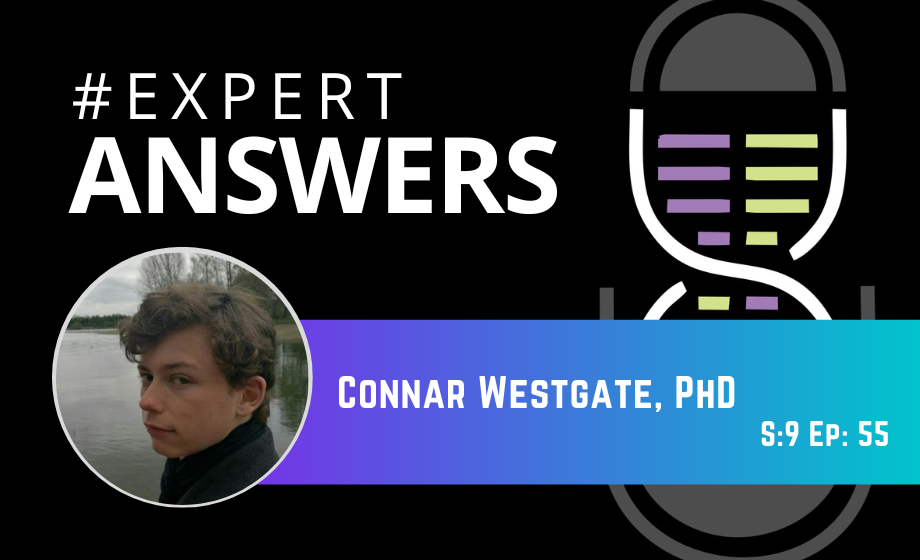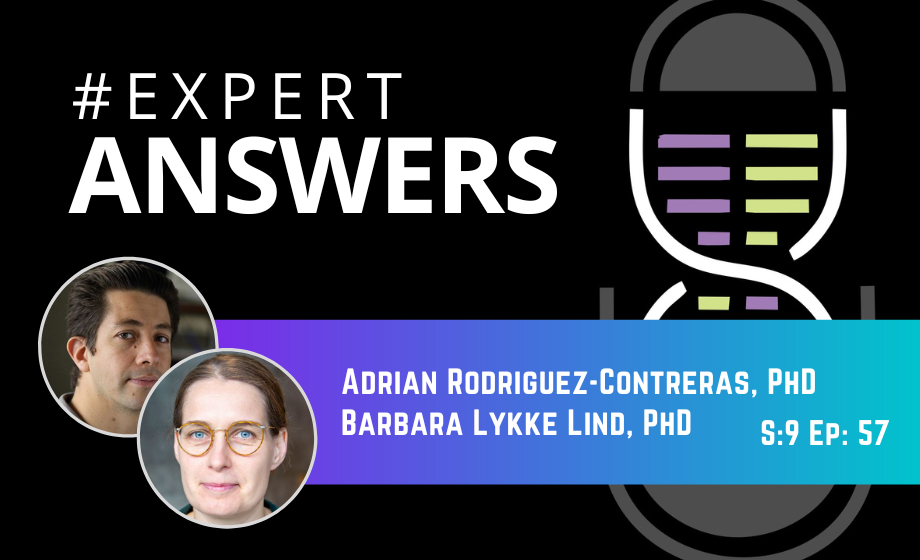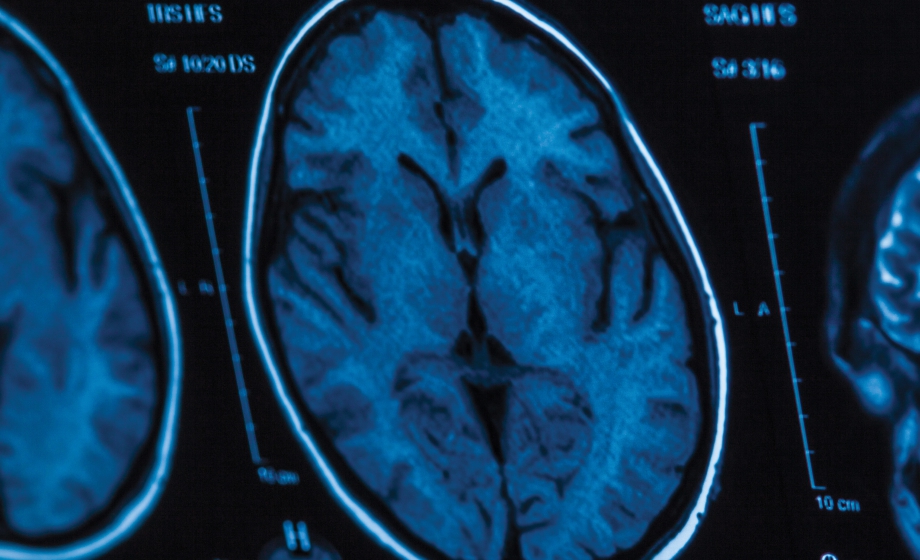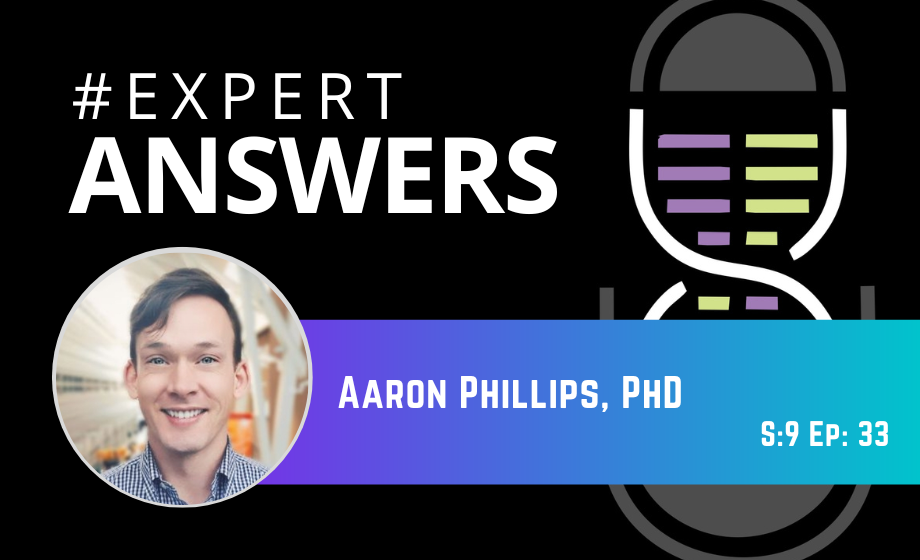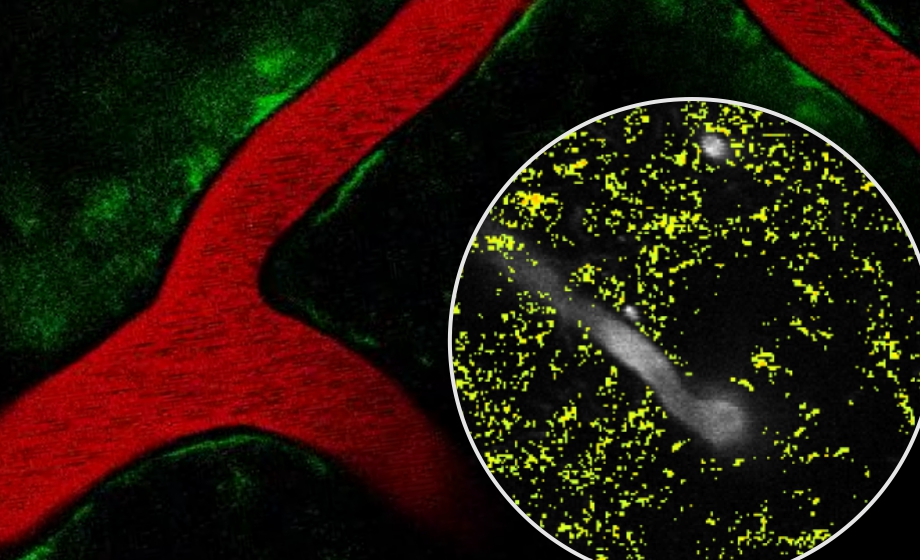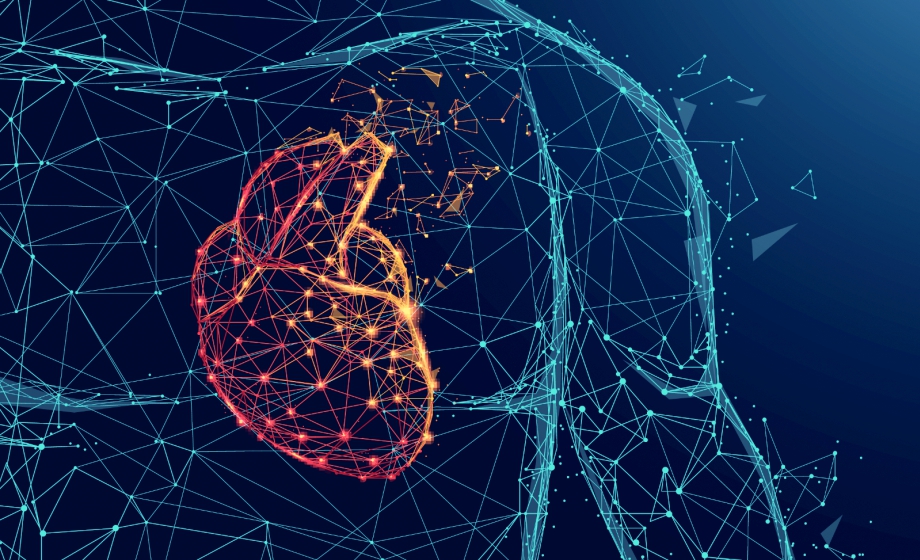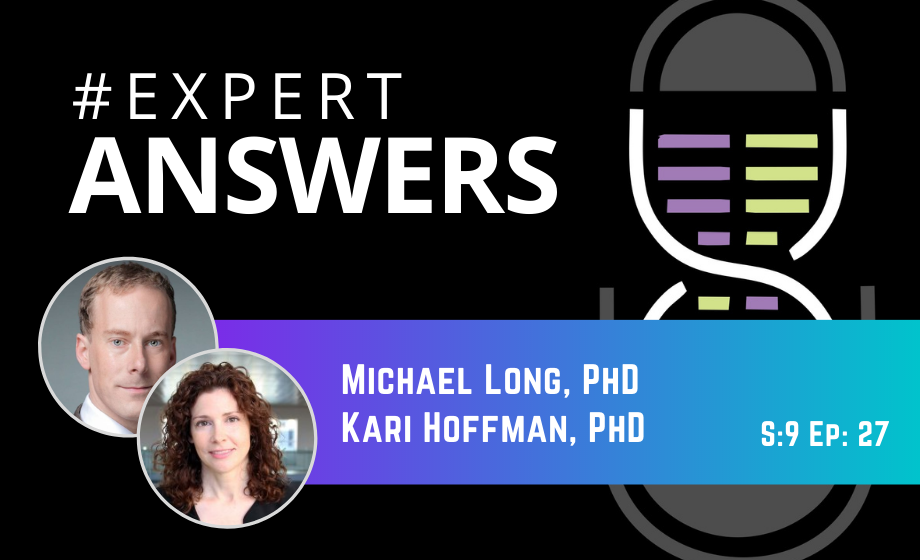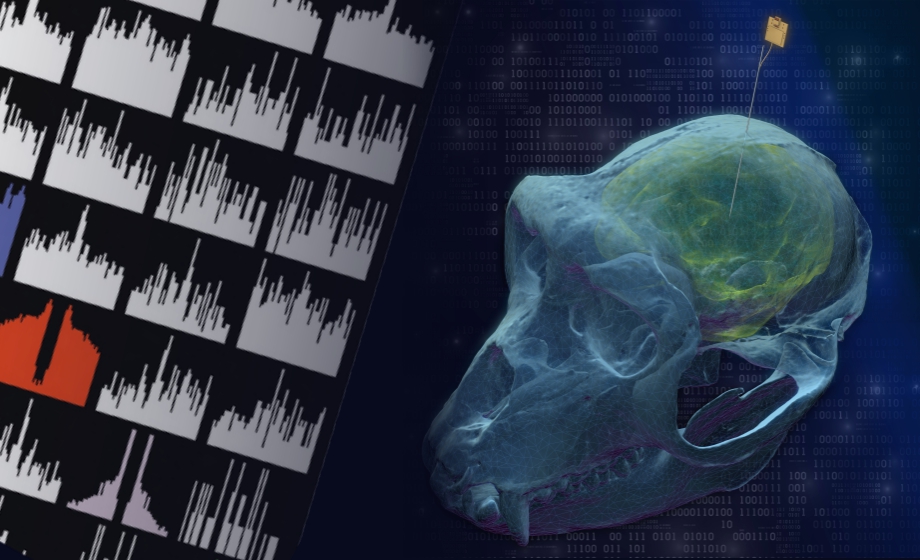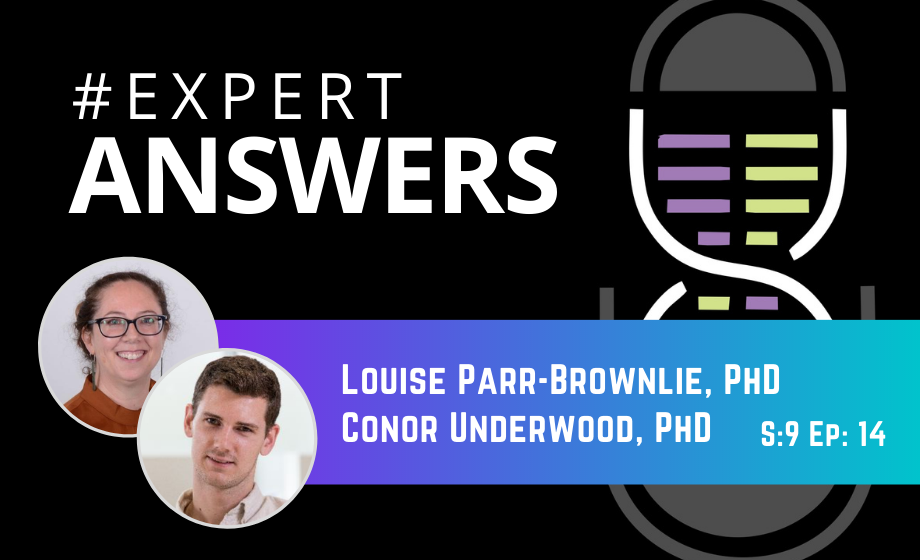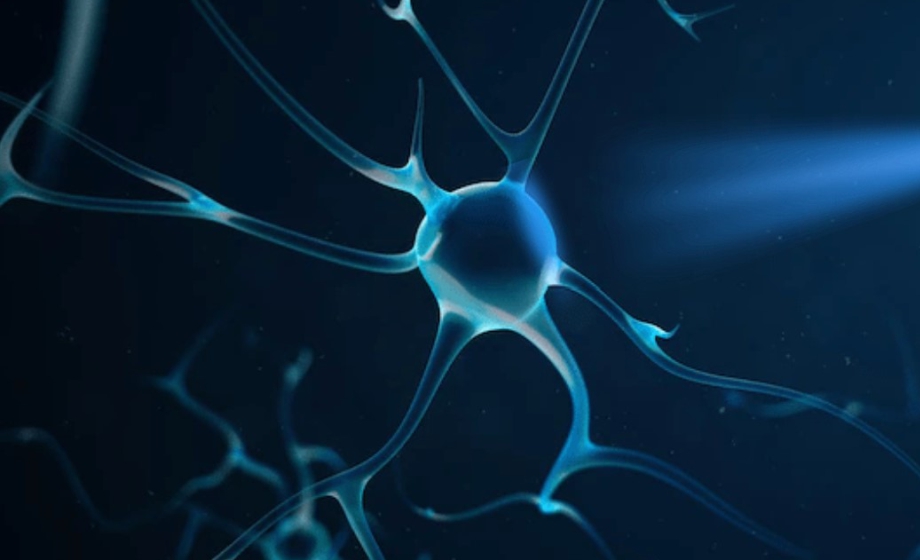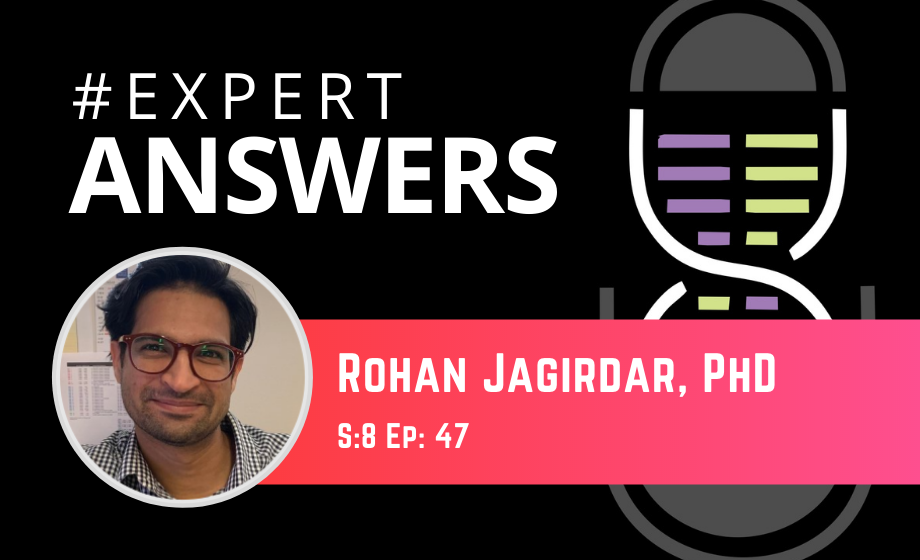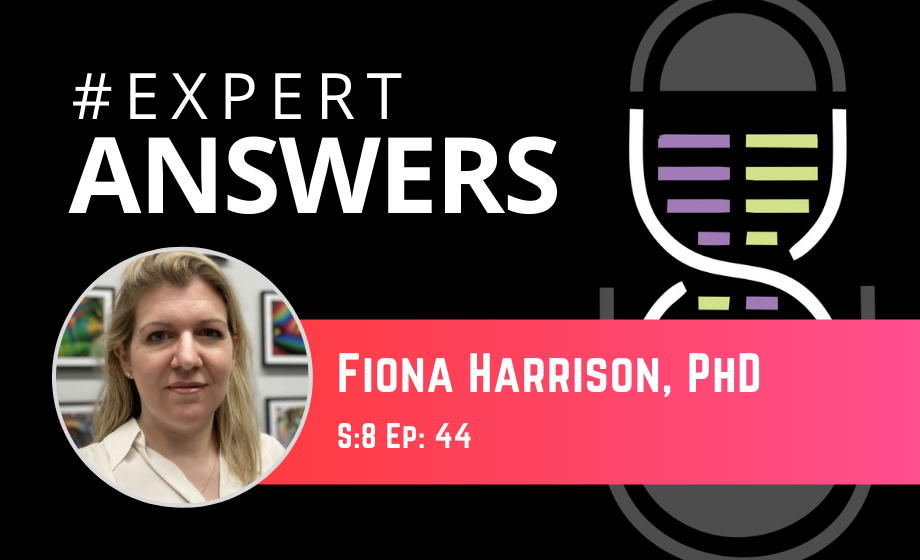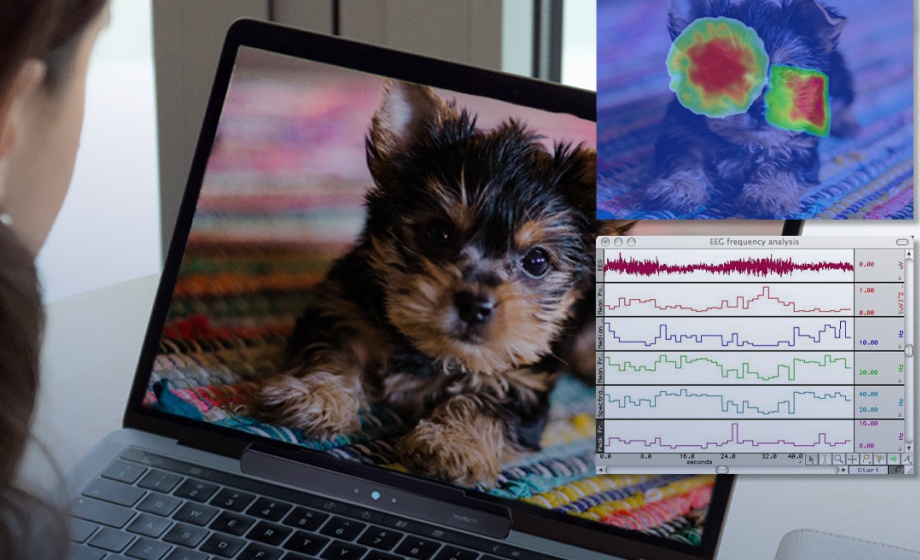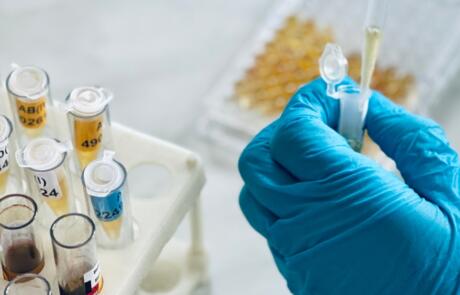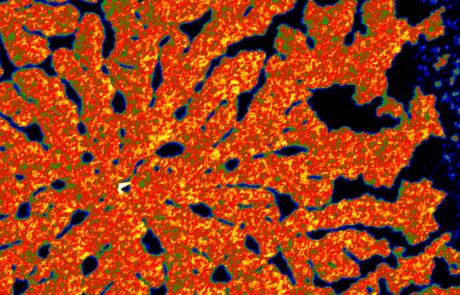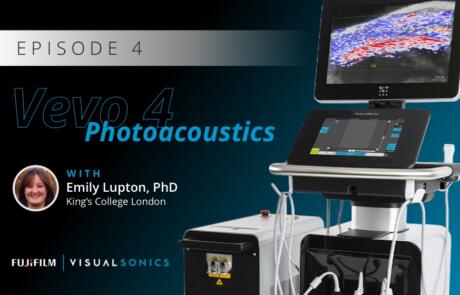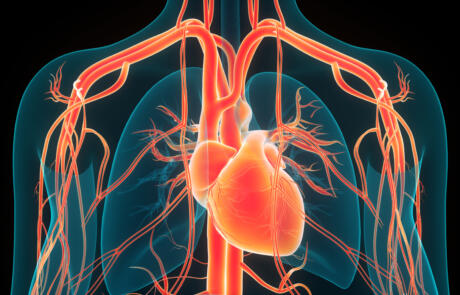Organoid Meets Microelectrode Array (MEA) – Accelerating Drug Discovery and Development
In this webinar, Dr. Sven Schönecker and Sara Mirsadeghi, MSc, will discuss 3D Mesh Microelectrode Arrays (MEA) including new developments and applications.
Unveiling the Primate Brain: Advanced Insights through Ultra-Dense Electrophysiology
In this webinar, Drs. Kari Hoffman, André Bastos, and Thilo Womelsdorf present their research on the neurophysiological basis of learning, cognition, and sensory processing, including attention and connectivity between brain regions in non-human primates.
From Models to Heartbeats: Computational Design of Vagus Nerve Stimulation for Cardiac Health
This webinar explores closed-loop cardiac rhythm control restoration in heart-transplant patients from model development to in silico regulatory evidence for safety and efficacy trials.
Symposium: Opportunities, Hopes, and Challenges in Translating Visual Restoration from Mouse to Human
Striatech celebrates its 5th anniversary with a top-class Symposium on the topic of translating visual restoration from mouse to human.
Implantable Circuit-Specific Treatments for Autonomic Dysfunction
In this webinar, Dr. Aaron Phillips presents his research on the neural mechanisms of hemodynamic stability.
Postsynaptic Neuronal Activity Promotes Retinal Axon Regeneration
Supraja’s presentation provides insights into mechanisms that promote retinal ganglion cell (RGC) axon regeneration in vertebrates.
#ExpertAnswers: Fan Wu and Lidor Spivak on Electrophysiological Data Analysis using Artificial Intelligence
Fan Wu and Lidor Spivak discuss automating electrophysiological data analysis using artificial intelligence and introduced a new cloud-based platform applying these methods.
Towards Automated Spikesorting using Artificial Intelligence on a Cloud-Based Platform
Dr. Fan Wu and Lidor Spivak answer questions from their webinar on the automation of electrophysiological data analysis using artificial intelligence.
From Trauma to Binge Eating: How Early Life Experiences Impact the Leptin System
Early life trauma (ELT) has been identified as a risk factor for binge eating and obesity in adult life, but the neural mechanisms behind this phenomena have yet to be determined. In this blog post we discuss a recent publication from Shin et al., which delineates the circuitry of this ELT-induced maladaptive eating.
#ExpertAnswers: Jastyn Pöpplau and Marilena Hnida on Prefrontal Networks
Jastyn A. Pöpplau and Marilena Hnida discuss their research on prefrontal networks in developing head-fixed mice, and the role of these networks in cognition and models of neurodevelopmental diseases.
Towards Automated Spikesorting using Artificial Intelligence on a Cloud-Based Platform
In this webinar, Dr. Fan Wu and Lidor Spivak discuss the use of artificial intelligence to automate electrophysiological data analysis, including a new cloud-based software platform.
Developing Prefrontal Circuits and Their Role in Health and Disease
In this webinar, Dr. Ileana Hanganu-Opatz, Dr. Jastyn A. Pöpplau, and Marilena Hnida discuss their research on prefrontal networks in developing head-fixed mice, and the role of these networks in cognition and models of neurodevelopmental diseases.
#ExpertAnswers: Connar Westgate on Intracranial Pressure Measurements
Connar Westgate discusses his research involving intracranial pressure measurements and the importance of understanding this physiological parameter for maintaining normal central nervous system function.
#ExpertAnswers: Adrián Rodríguez-Contreras and Barbara Lind on Neurovascular Coupling
Adrián Rodríguez-Contreras and Barbara Lind discuss their work on neurovascular coupling in awake head-fixed and anesthetized mice, with a focus on the effects of anesthetics.
Understanding Intracranial Pressure in Freely Moving Rats
Join Connar Westgate, PhD for a deep dive into intracranial pressure measurements and the importance of understanding this physiological parameter for maintaining normal CNS function.
#ExpertAnswers: Aaron Phillips on Neural Hemodynamic Control
Aaron Phillips discusses questions from a recent webinar on his research involving neural hemodynamic control in pre-clinical and clinical models.
Neurovascular Coupling: Novel Insights from Studies in Awake Head-Fixed and Anesthetized Mice
Join Dr. Barbara Lind and Dr. Adrián Rodríguez-Contreras as they discuss neurovascular coupling in awake head-fixed and anesthetized mice, with a focus on the effects of anesthetics.
Next-Generation Techniques for Understanding Neural Hemodynamic Control
Join Aaron Phillips, PhD, as he shares his research involving neural hemodynamic control in human patients and rodents.
#ExpertAnswers: Michael Long and Kari Hoffman on Electrophysiology
Michael Long and Kari Hoffman investigate the neural mechanisms of learning, memory, and behavior using high-density silicon probes from Diagnostic Biochips in small and large animals.
Using High-Density Electrophysiological Recordings to Investigate Neural Mechanisms in Small and Large Animals
Join Drs. Michael Long and Kari Hoffman as they present their work investigating the neural mechanisms of learning, memory, and behavior using high-density silicon probes in small and large animals.
#ExpertAnswers: Louise Parr-Brownlie and Conor Underwood on Optogenetic Stimulation
Louise Parr-Brownlie and Conor Underwood discuss the impact of acute optogenetic stimulation for the treatment of Parkinson's disease in a rat model.
Optogenetic Stimulation for Parkinson’s Research: Recovering Movement in an Animal Model
Join Louise Parr-Brownlie, PhD and Conor Underwood, PhD for a review of implantable optogenetics to replace deep brain stimulation, a surgical procedure overview, and a discussion about the impact of acute optogenetic stimulation for the treatment of Parkinson's disease in a rat model.
#ExpertAnswers: Rohan Jagirdar on Sleep and Alzheimer’s Disease
In this episode of #ExpertAnswers join Rohan Jagirdar, PhD, from Baylor College of Medicine, as he answers questions from a [...]
#ExpertAnswers: Fiona Harrison on Early Alzheimer’s Disease
Dr. Fiona Harrison, discusses how vitamin C deficiency and exposure to toxins can impact glutamate uptake and clearance, and how even small changes in neural signaling can be detected by monitoring EEG activity and correlated with performance in learning and memory tasks.
One Tool for Stimulus Presentation, Eye Tracking & Physiology Data
Experts discuss how to synchronize eye-tracking equipment with stimulus presentation, and physiological data.
